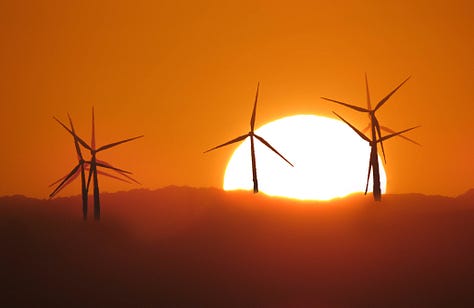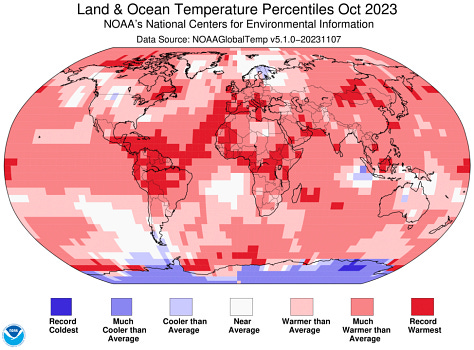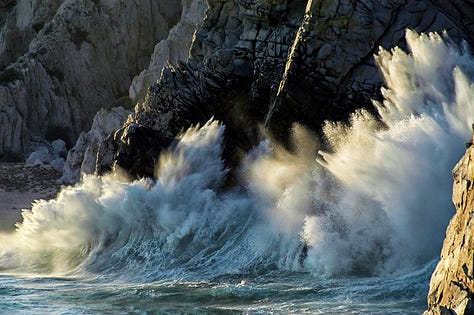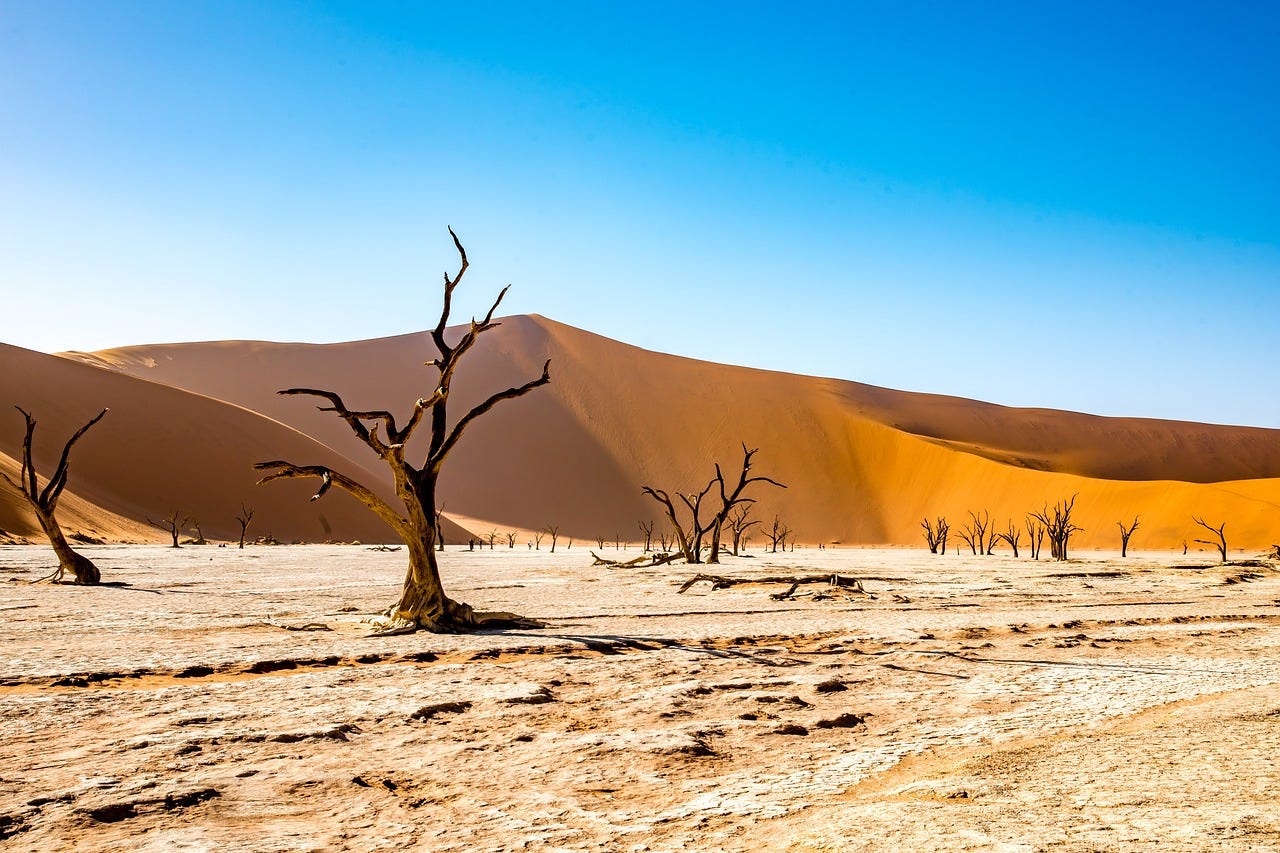Green Lights Nov. 16: Top stories this week
Don't miss a single story of the best from Callaway Climate Insights






. . . . Welcome back to Green Lights, our weekly roundup of the best of Callaway Climate Insights. This week, there was a perfect storm of renewables news, what with the Biden-Xi summit, news of the largest influx of investment in climate technology companies in almost two years; plus, glimmers of hope for COP28, which starts two weeks from today. Meanwhile, let’s celebrate what we can be thankful for next week over this most American of holidays. Here are the highlights in a simple and convenient format that makes it easy for our readers. It’s also easy to subscribe.
. . . . China is by far the largest player in the global renewables game, leading in electric vehicles, solar, and wind power in terms of investment and roll out, despite also being the largest consumer of oil and gas, writes David Callaway. Most international efforts to mitigate the effects of climate change can’t go anywhere without the two biggest players, the U.S. and China.
. . . . A Q3 wave of investments in climate technology companies, plus President Joe Biden and Xi Jinping’s commitment to tripling renewable capacity equals the chance for a technical bottom to the renewables bear market. Whether delegates to COP28 can add to the excitement with some momentum in the nascent carbon capture business might still be a tall order.
. . . . The hurricane that flattened Acapulco last month was a game-changer, even in a year of global warming disasters, showing the power and unpredictability of climate-driven storms. But other Mexican vacation spots, such as Cabo San Lucas, have also been battered by storms, eroding beaches and threatening the all-important tourism industry, writes Michael Molinski.
. . . . If you look at a list of per-capita GDP per country, 20 of the bottom 25 countries are in Africa. Which indicates that it needs all the productivity it can get. But a new report found that loss of labor on the continent caused by heat stress wiped out 4% of its GDP, something it cannot afford, writes Matthew Diebel.
. . . . Last month was the hottest October on record globally in analyses dating back to 1850, NOAA’s National Centers for Environmental Information said. NOAA, NASA, the Japan Meteorological Agency, and the European Copernicus Climate Change Service all rated October 2023 as the warmest October on record, crushing the previous October record by a huge margin.
. . . . This year’s ozone hole in the stratosphere over Antarctica reached its maximum extent on Sept. 21, with an estimated area of 10 million square miles. It will be many decades before the ozone layer fully recovers, but twice since 2015, the ozone hole has been smaller than 20 million square kilometers, offering a preview of future recovery, says NOAA.
More greenery . . . .
Clean your plate: How to reduce waste from your Thanksgiving feast (Yale Climate Connections)
Do the math: Bill Gates says planting trees isn’t enough (Fortune)
They didn’t give up: Yo-Yo Ma, Pattie Gonia and Quinn Christopherson sing a new climate anthem (NPR)
Time’s 100 climate innovators: From Mr. Beast and Roxanne Brown to Ajay Banga (And 97 more)
Amazing AP photos: Mongolia’s herders fight climate change (ABC)
Not just food insecurity: Global heat deaths could quadruple (NBC)
‘Gold standard’: The climate report Trump tried to thwart (The Independent)







